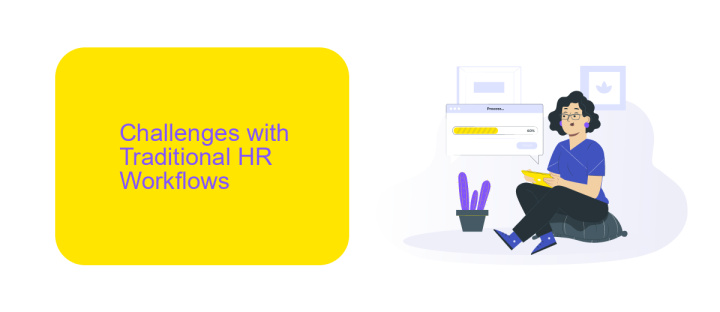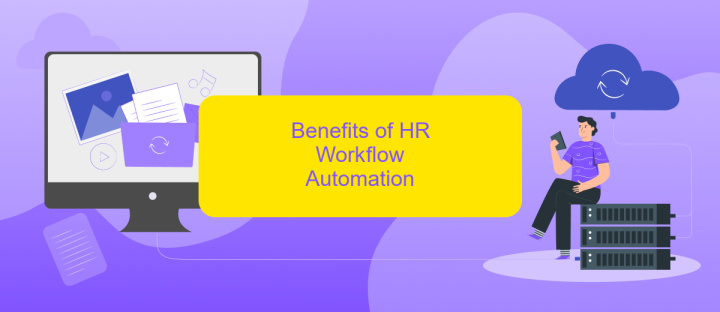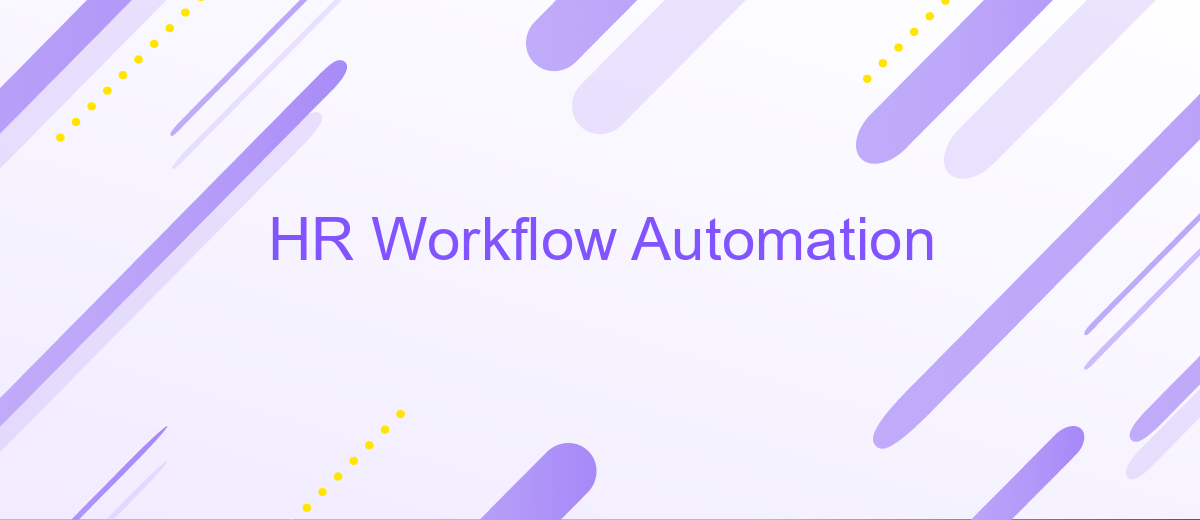HR Workflow Automation
In today's fast-paced business environment, HR workflow automation has become essential for streamlining processes, reducing manual tasks, and enhancing overall efficiency. By leveraging advanced technology, organizations can optimize their human resources operations, from recruitment and onboarding to performance management and compliance. This article explores the benefits and key strategies for implementing HR workflow automation to drive productivity and improve employee experience.
Introduction
Human Resources (HR) departments are essential for managing an organization's most valuable asset—its people. However, traditional HR processes can be time-consuming and prone to errors. This is where HR workflow automation comes into play, revolutionizing how HR tasks are handled and making them more efficient and accurate.
- Streamlining repetitive tasks such as onboarding and payroll processing
- Enhancing data accuracy and reducing human error
- Improving employee experience and engagement
- Facilitating better decision-making through real-time data and analytics
A key aspect of HR workflow automation is the integration of various HR systems and tools. Services like ApiX-Drive simplify this process by enabling seamless connections between different software applications. This ensures that data flows smoothly across platforms, allowing HR professionals to focus on strategic initiatives rather than manual data entry. By embracing HR workflow automation, organizations can not only improve their operational efficiency but also create a more agile and responsive HR function.
Challenges with Traditional HR Workflows

Traditional HR workflows often face numerous challenges that can hinder efficiency and productivity. Manual data entry and paper-based processes are time-consuming and prone to errors, leading to potential inaccuracies in employee records and payroll. Additionally, the lack of integration between different HR systems can create information silos, making it difficult to access and manage employee data effectively. This fragmentation can result in delays in decision-making and increased administrative burdens on HR staff.
Another significant challenge is the difficulty in maintaining compliance with ever-changing labor laws and regulations. Manual processes make it hard to ensure that all necessary documentation is up-to-date and accessible, increasing the risk of non-compliance and potential legal issues. To address these challenges, businesses can utilize automation tools like ApiX-Drive, which streamline HR workflows by integrating various systems and automating repetitive tasks. This not only reduces errors and saves time but also ensures that HR processes are more consistent and compliant with regulatory requirements.
Benefits of HR Workflow Automation

Implementing HR workflow automation can significantly enhance the efficiency and effectiveness of human resource management within an organization. By automating repetitive and time-consuming tasks, HR departments can focus more on strategic initiatives that drive business growth.
- Increased Efficiency: Automation reduces manual data entry and administrative tasks, allowing HR professionals to allocate their time to more value-added activities.
- Enhanced Accuracy: Automated systems minimize the risk of human errors, ensuring that data is consistently accurate and up-to-date.
- Improved Compliance: Automation helps in maintaining compliance with legal and regulatory requirements by ensuring that all necessary documentation is accurately recorded and stored.
- Better Employee Experience: Streamlined processes lead to faster response times and improved communication, enhancing overall employee satisfaction.
- Cost Savings: By reducing the need for manual intervention, automation can lead to significant cost savings in terms of time and labor.
Integrating various HR systems can further optimize workflow automation. Tools like ApiX-Drive facilitate seamless integration between different platforms, ensuring that data flows smoothly across systems. This not only enhances operational efficiency but also provides a unified view of HR metrics, aiding in better decision-making.
Key Features of HR Workflow Automation Software

HR Workflow Automation Software significantly enhances the efficiency of HR processes by streamlining repetitive tasks. This allows HR professionals to focus on more strategic activities, such as talent acquisition and employee development. The automation software ensures that tasks are completed accurately and on time, reducing human error and increasing overall productivity.
One of the key features of HR Workflow Automation Software is its ability to integrate seamlessly with other systems and applications. For instance, ApiX-Drive offers robust integration capabilities that allow HR software to connect with various platforms, such as payroll systems, CRM software, and communication tools. This ensures a smooth flow of information across different departments and enhances the overall efficiency of the organization.
- Automated employee onboarding and offboarding processes
- Real-time analytics and reporting
- Seamless integration with existing HR and business systems
- Customizable workflows to suit specific business needs
- Compliance management and document storage
By leveraging these features, organizations can ensure that their HR processes are not only efficient but also compliant with relevant regulations. The ability to customize workflows and integrate with other systems makes HR Workflow Automation Software an invaluable tool for modern HR departments.
Implementation and Integration of HR Workflow Automation
Implementing HR workflow automation involves a strategic approach to identify and streamline repetitive tasks, ensuring a seamless transition from manual to automated processes. The initial step is to conduct a thorough analysis of existing workflows to pinpoint inefficiencies and areas that would benefit most from automation. Once identified, selecting the right software that aligns with the organization's needs is crucial. This software should offer customization options to cater to specific HR tasks such as onboarding, payroll, and performance management.
Integration of HR workflow automation with other systems is essential for maximizing efficiency. Tools like ApiX-Drive facilitate this process by allowing seamless integration between various applications and platforms. ApiX-Drive supports the automation of data transfer between HR systems, ensuring real-time updates and consistency across all platforms. By using such integration services, organizations can significantly reduce manual data entry, minimize errors, and enhance overall operational efficiency. Proper training and ongoing support are also vital to ensure that the HR team can fully leverage the benefits of the automated system.
FAQ
What is HR workflow automation?
How can HR workflow automation benefit my organization?
What tasks can be automated in HR?
How do I start implementing HR workflow automation in my organization?
What challenges might I face when implementing HR workflow automation?
Routine tasks take a lot of time from employees? Do they burn out, do not have enough working day for the main duties and important things? Do you understand that the only way out of this situation in modern realities is automation? Try Apix-Drive for free and make sure that the online connector in 5 minutes of setting up integration will remove a significant part of the routine from your life and free up time for you and your employees.

